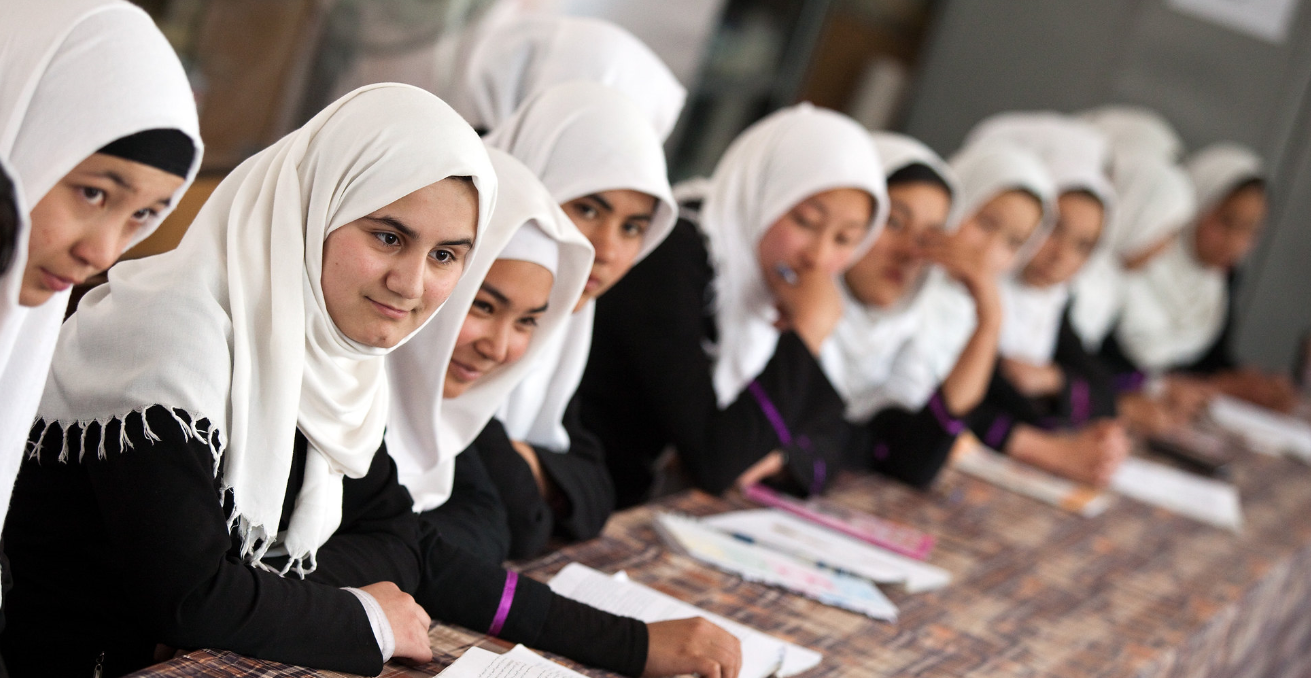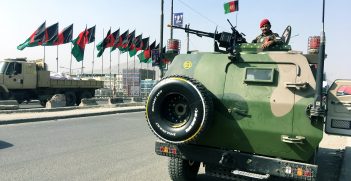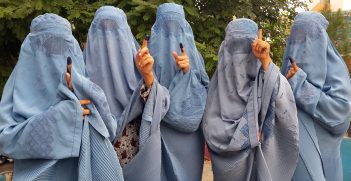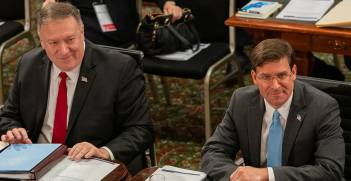Peace Steeped in Patriarchy: Bringing Women into Afghan Negotiations

The “Agreement for Bringing Peace to Afghanistan” is undoubtedly a milestone. However, it brings new uncertainties for women and risks setting the country on a backward trajectory.
The 29 February Agreement for Bringing Peace to Afghanistan yields positive outcomes for its signatories – the US and the Taliban. In the midst of a campaign for reelection, the Trump administration now fulfils a key 2016 promise: the withdrawal of residual US forces from Afghanistan following the country’s longest war. For the Taliban, the document can also be seen as a clear victory. But the agreement, heralded as the first step to achieving a lasting peace in Afghanistan, is silent on a number of issues. It is hardly surprising that the agreement maintains a constructive ambiguity in skirting any commitment to addressing women’s rights. In order to broker a sustainable peace, bringing women into the negotiation process is not just important, but essential.
The Taliban track record
The implicit wins for the Taliban in the agreement are enough to alarm women’s activists and moderates alike. After all, the Taliban’s track record of limiting women’s rights certainly outweighs any kind of confidence that could be garnered from an ambiguous recent statement from deputy leader Sirajuddin Haqqani that “the rights of women that are granted by Islam” will be upheld following a peace deal.
Under the Islamic Emirate of Afghanistan from 1996-2001, girls were barred from attending school, women were not allowed to work outside the home, and numerous other civil liberties were reduced in Afghan society based on a strict interpretation of shari’a law. Women were kept from the public sphere, and flow-on effects were felt in the country’s demographics, with women marrying younger and fertility rates increasing. Following the removal of the Taliban from power and its relegation to insurgency, the Taliban has targeted girls’ schools, students, and teachers in violent attacks. This emphasises the fact that even though upper echelons of Taliban leadership may publicly condemn such actions, the organisation’s ethos still maintains a deeply gendered dimension. Any peace process which overtly favours the Taliban may well lead to a loss in the hard-won women’s freedoms over the past two decades.
Increasing women’s public participation
In 2019, there were approximately 3.6 million Afghan girls enrolled in school and 100,000 women in universities. Women comprise 27 percent of the national parliament and number approximately 4500 in the Afghan National Security Forces. But perhaps most notably, a vast majority of Afghan society today approve of equal access to education and of a woman’s right to vote, indicating that a normative shift has taken place since the early post-Taliban era, in which support for these values was less visible.
But in spite of the increase in women’s civil society participation, inclusivity among the political elite remains elusive, and the ongoing attempts to broker peace in the country are case in point. Even though United Nations Security Council Resolution (UNSCR) 1325 strives to ensure that women are involved in meaningful, multi-faceted participation in conflict prevention, resolution, and rebuilding, there have been few instances of female representation in over 20 rounds of negotiation between the Taliban and the international community, and in intra-Afghan talks.
Bringing women into the peace process
Unfortunately, the lack of female representation within the Afghan peace process is the rule, rather than the exception. As a 2015 report by Human Rights Watch indicates, implementation of UNSCR 1325 at the global level has been sluggish, and women are often only included in peace processes out of normative obligation, rather than an intrinsic desire for equal representation. Out of 300 peace agreements signed between 1998 and 2008, only 18 addressed any aspect of women’s rights, while from 1992-2011, only four percent of signatories to peace agreements were women.
This lack of representation, in Afghanistan and globally, is problematic. Through an analysis of 40 case studies, the UN Women Inclusive Peace & Transition Initiative identify that where there is strong women’s influence, the chances of reaching and implementing peace agreements actually increase. They find that female presence in negotiations can strengthen the influence of other third-party actors in the peace process, and that women’s inclusion does not have to be limited to formal negotiations to create change. Instead, this can occur at various levels of implementation and via multiple channels, meaning that even if women are excluded from official talks, involvement at the pre- and post-negotiation stages frequently results in successful conflict resolution.
US special envoy Zalmay Khalilzad has stated that women’s rights should be tabled for future discussions between the Taliban and the Afghan government. However, in order to ensure any meaningful commitment towards protecting, if not advancing, hard-earned women’s rights in the country, greater action must be taken. The Ghani administration is currently facing a crisis of legitimacy, and there is a chance that its commitment to UNSCR 1325 will be swept aside in future negotiations with the Taliban in favour of seemingly more prescient issues. Women’s rights activist Orzala Ashraf Nemat has made it clear that “the success of peace agreements must be gauged by real, measurable security improvements for women and for all members of the community, not just that a peace agreement has been signed.” If the 29 February agreement is the first step on the road to peace, Afghanistan has a long journey ahead.
Natasha Kosev recently completed an internship at the Australian Institute of International Affairs National Office. She is currently pursuing a Master of Diplomacy thesis at the Australian National University, focusing on the use of strategic diplomacy as a framework for understanding negotiation and conflict resolution in Afghanistan.
This article is published under a Creative Commons Licence and may be republished with attribution.





